Get PeakVisor App
Sign In
Search by GPS coordinates
- Latitude
- ° ' ''
- Longitude
- ° ' ''
- Units of Length

Yes
Cancel
Share ×

Scan the QR code and open PeakVisor on your phone
❤ Wishlist ×
Choose
Delete
A peaceful oasis located on the border of Tuscany and Emilia Romagna, Casentino Forests National Park is home to one of Italy’s best-preserved forests. There are 150 named mountains in Casentino Forests National Park. The highest and the most prominent mountain in the park is Monte Falco (1,657 m/5,436 ft).
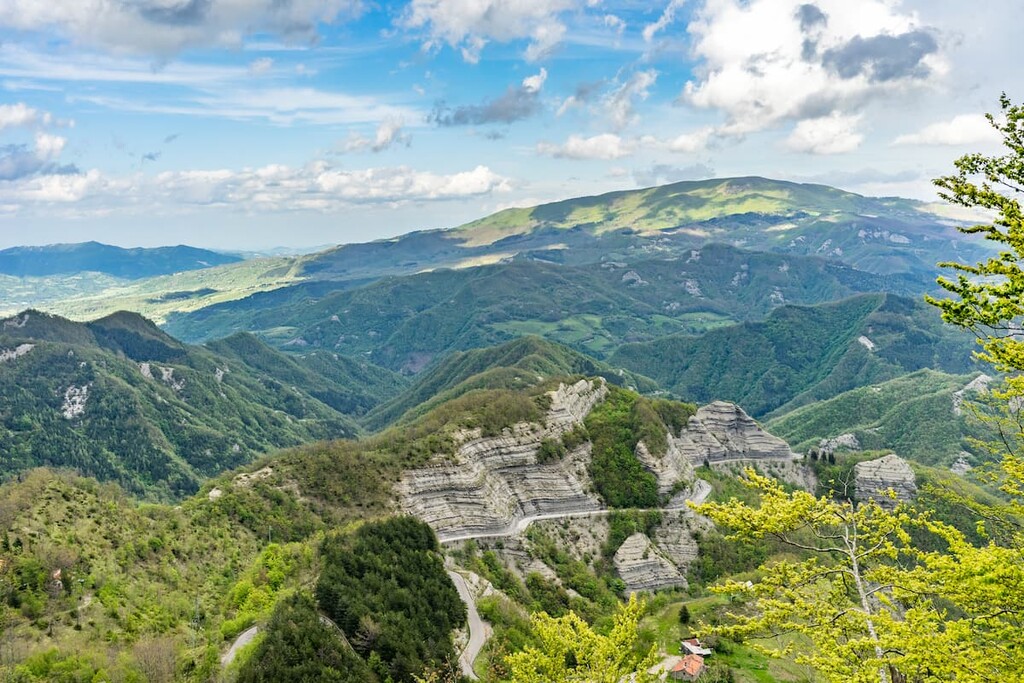
Casentino Forests National Park (Parco Nazionale delle Foreste Casentinesi, Monte Falterona, Campigna) is a large protected area set between Tuscany and Emilia Romagna in central Italy.
The area is home to some of the best-preserved and most extensive forests and woodlands in Italy. These forests also happen to be some of the oldest such woodlands in Europe.
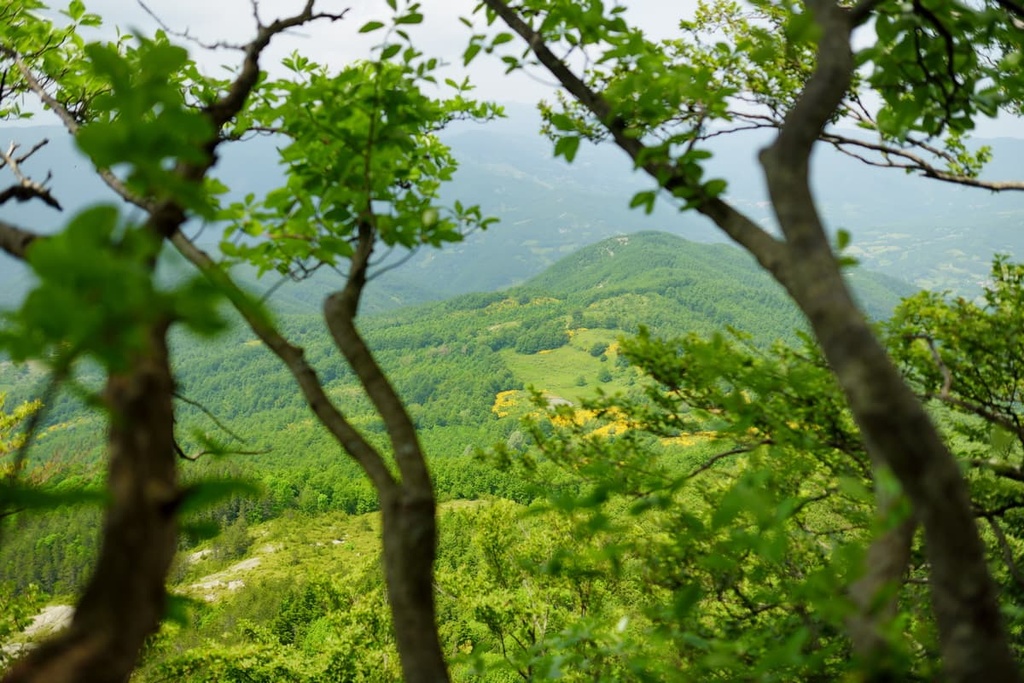
The park was established in 1993 and is located in north-central Italy over an area of 364 sq. km (140 sq. mi). It encompasses parts of the provinces of Arezzo, Forlì-Cesena, and Firenze (Florence). The park is located in the Apennine Mountains, which form a natural border between Tuscany and Emilia Romagna.
There are a number of other protected areas located near Casentino Forests National Park. For example, Alpe della Luna Nature Reserve and Sasso di Simone Nature Reserve are both located to the south and east of the park. Meanwhile, Corno alle Scale Regional Park and Monte Serra di Sotto Provincial Nature Reserve are situated to the west and north of Casentino.
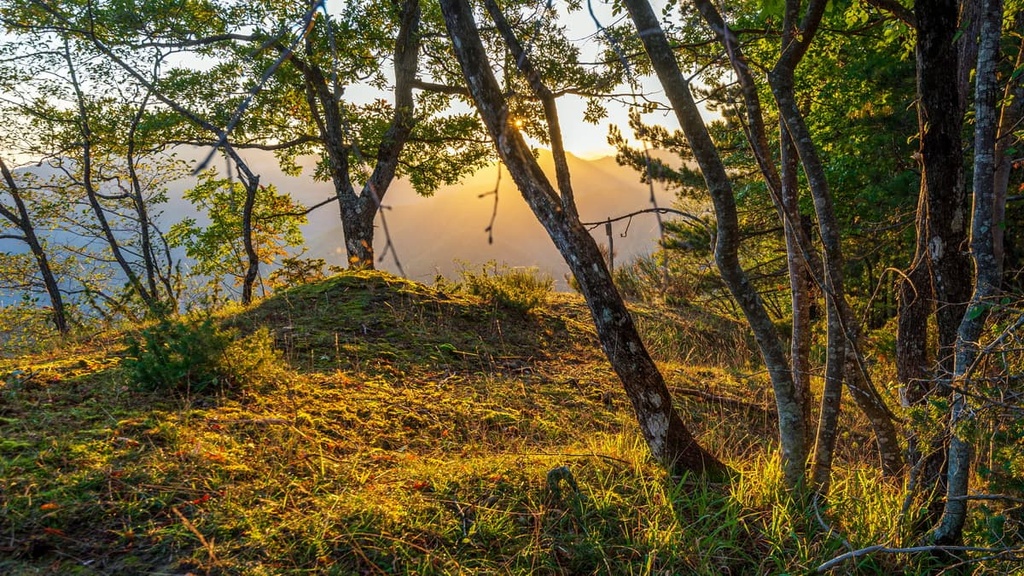
The geologic landscape in Casentino Forests National Park is characterized by a mix of rocks, most of which are sedimentary in origin, such as sandstone, limestone, and marl. Within the park, there are waterfalls, natural cavities, rocky outcrops, and wetlands.
The southeastern side of the park is dominated by Monte Verna. Monte Verna features limestone cliffs, which stand out in a landscape of wide, rounded valleys.
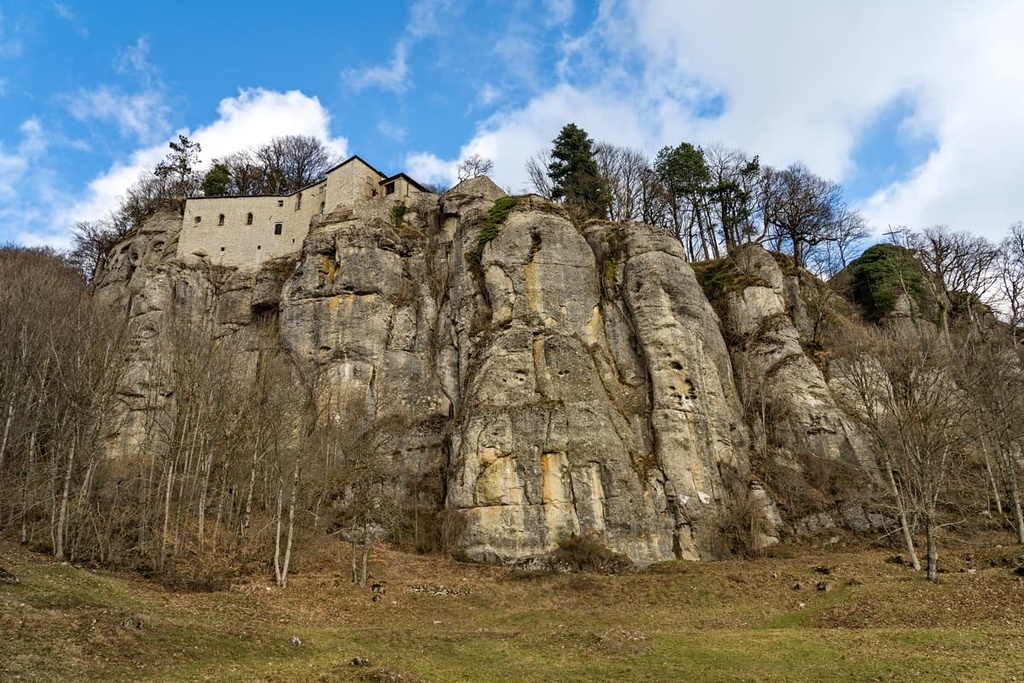
The Romagna side of the park is characterized by a homogenous geological structure called the Successione Romagnola-Marly-sandstone formation. It also boasts narrow sunken valleys with wooded slopes that are interspersed with rocks.
The Tuscan side of Casentino Forest National Park is more diverse as it features formations such as Successione Toscana-Scaglia Toscana, which encompasses outcrops of shale, limestone, breccias, and sandstones. In this part of the park, you can also find Monte Falterona sandstone and the marls of Vicchio. Overall, the terrain on this side of the park is more gentle, as it is formed by the Staggia, Fiumicello, and Archiano valleys.
Another interesting geological feature in the park is Monte Penna, which is a striking tabular relief. La Verna Sanctuary is perched on the mountain’s southern slope, atop the 30 m (98 ft) high limestone Stigmata Cliff.
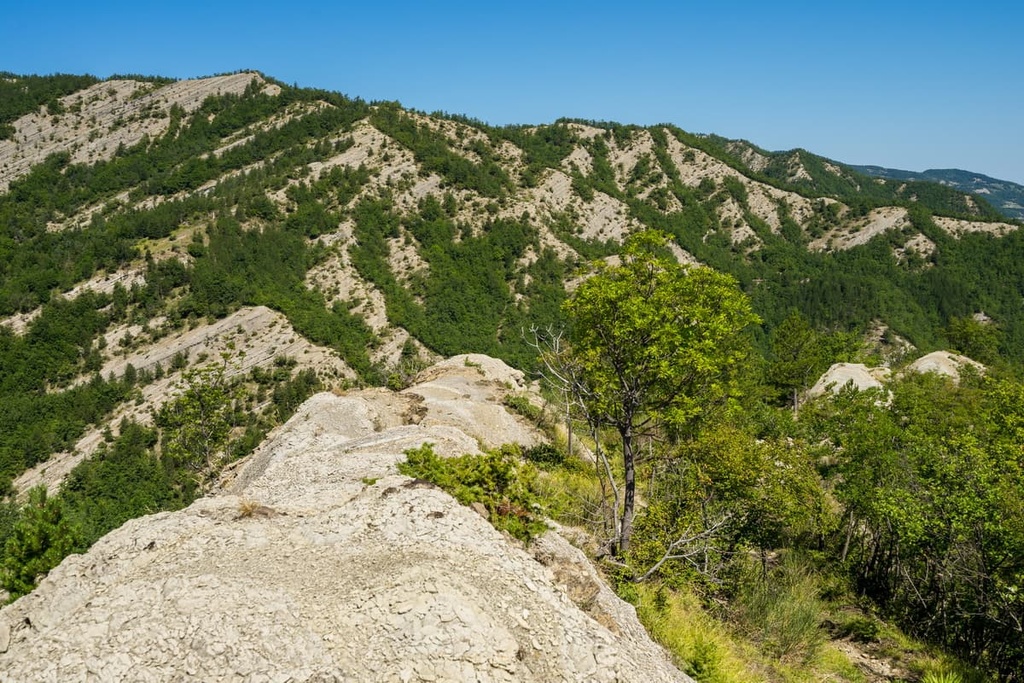
Casentino Forests National Park is home to a wealth of flora and fauna, from peaceful forests to waterfalls and lakes. Here’s what you can expect during your next trip to the park.
With respect to vegetation, the park is mostly covered by woodlands. This includes the Casentino Forest, which encompasses an area of around 50 sq. km (19 sq. mi).
There are forests within the park that are centuries old and feature trees such as fir, beech, and sycamore. Additionally, the park is home to mixed forests of maple, ash, beech, elm, yew, and holly. Within the sub-mountain belt of forests in the park, you can find tree species such as oak, chestnut, and black pine as well as grasslands.

Protected flora in the park includes the narcissus anemone (Anemonastrum narcissiflorum) and the opposite-leaved Saxifrage (Chrysosplenium oppositifolium), both of which are characteristic of high mountains and remnants of the last glaciation. Eugenia’s violet (Viola eugeniaea), which is typical of the Apennines in Italy, reaches its northernmost extent in the park, too.
Other interesting species present in the park include the Alpine saxifrage, black bilberry, furrowed saxifrage, cuckoo flower, snowdrops, and scilla, which bloom at the foot of the beech trees in the spring.
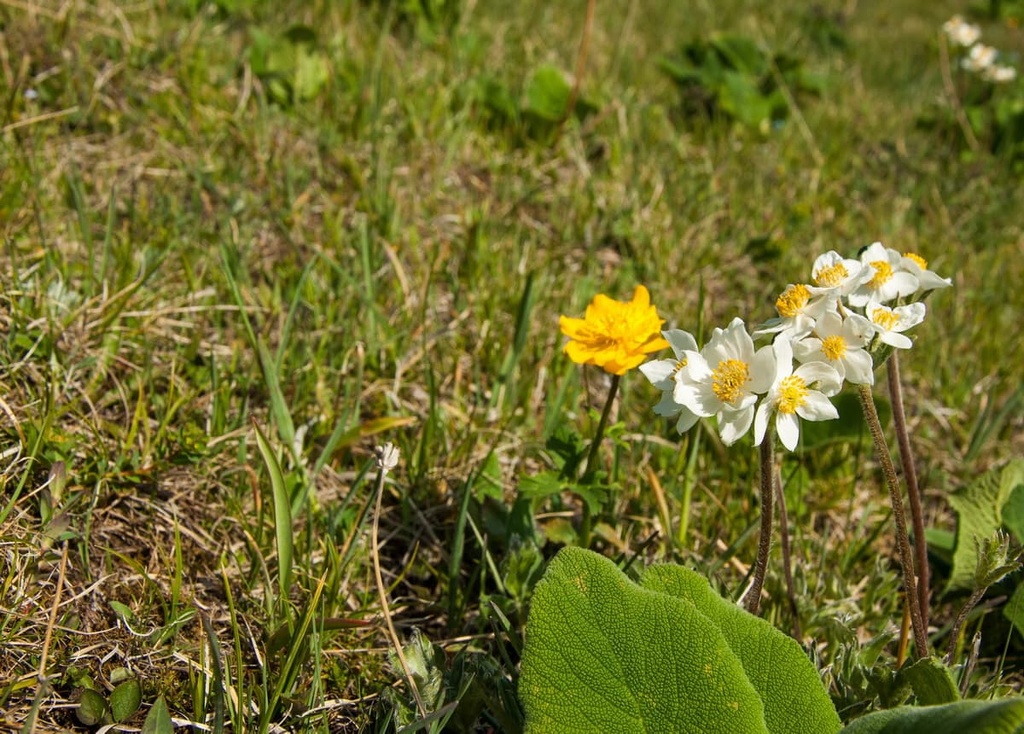
There are a couple of places where you can take a closer look at the park’s flora. For example, you can visit the Siemoni Forest Museum and Arboretum in Badia Prataglia and the Valbonella Botanical Garden in Corniolo to learn more about the vegetation in the region.
Along with its variety of flora, Casentino Forests National Park is home to a wealth of fauna. Thanks to the expanse of woodland and limited human habitation and activity, the forests provide a haven for all sorts of wildlife.
There are five large species of mammal in the park: fallow deer, roe deer, wild boar, mouflon, and wolf. The park is also home to a variety of birds, including around 100 nesting species.
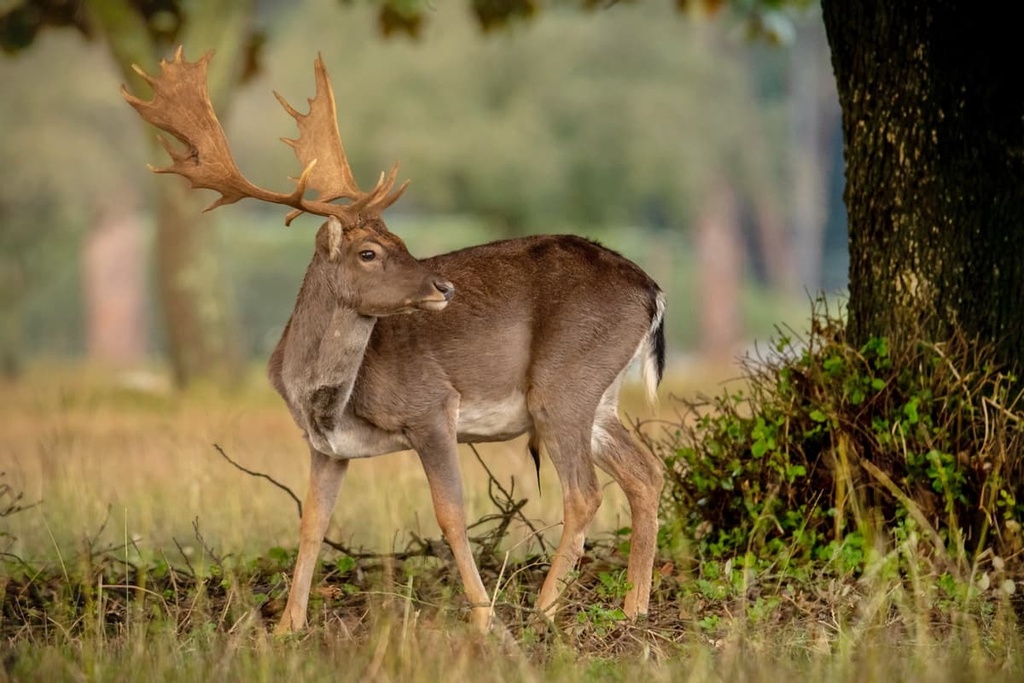
Some of the many species of birds present in the park include Alpine reed warblers, bullfinches, little terns, and black buntings.
The dense forests of the park also allow for species such as tawny owls, crested tits, black tits, great tits, lesser and greater spotted woodpeckers, green woodpeckers, and black woodpeckers to thrive. Birds of prey that live in the area include honey buzzards, sparrowhawks, goshawks, golden eagles, eagle owls, and peregrine falcons.
There are also many bats that live in the park. Furthermore, the park is home to 12 different species of amphibians, including the spotted salamander and Alpine newt.
Humans have lived in the area of Casentino Forests National Park for centuries. Traces of human settlement in the region can be seen in the park’s many ruins, abandoned villages, and mule tracks. The area is also home to two sanctuaries: Camaldoli and La Verna. St. Francis of Assisi resided in the latter sanctuary, which is located on Monte Penna.
La Verna was donated to St. Francis of Assisi in 1213 by a local count who considered it the perfect place for contemplation in nature. It became an important site for St. Francis of Assisi and his followers for prayer. Together with Camaldoli, it represents the main religious and spiritual sites in Casentino.
The forests of Casentino were also historically logged for timber. This timber was used as scaffolding on incredible buildings such as the Duomo in Florence. On the Tuscan side of the park, humans have modeled the landscape to create pastures, croplands, churches, and settlements.
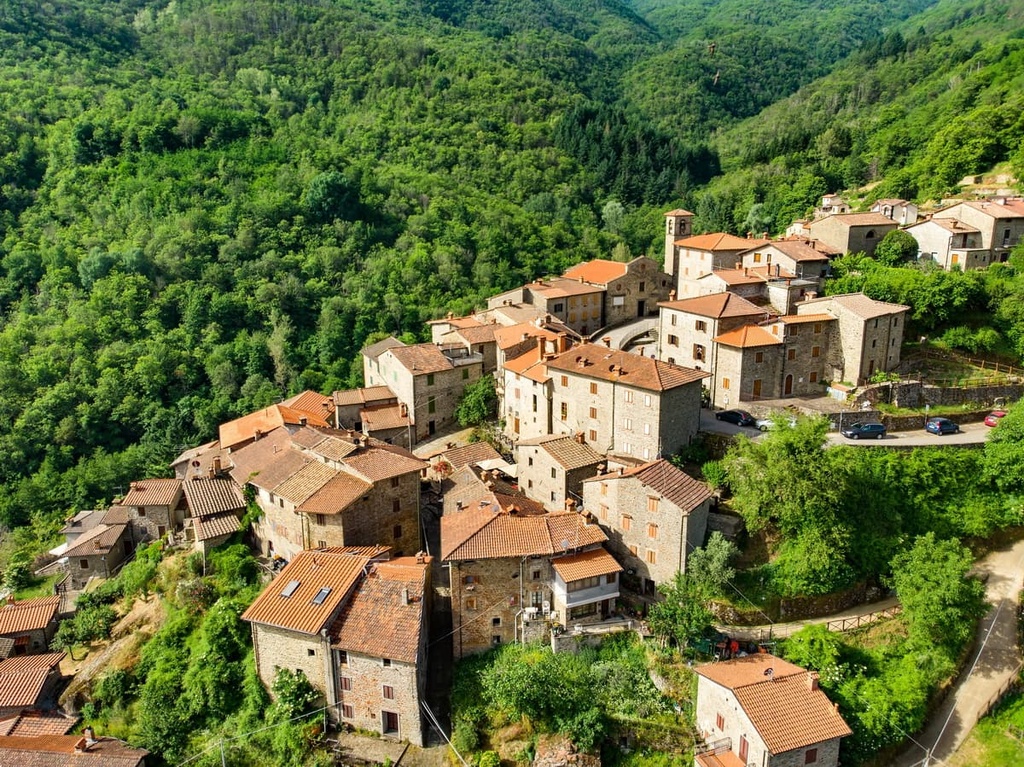
The number of people who live in the park has been on a steady decline over the years. Regional depopulation and migration to urban areas have left Casentino with only around 1,500 residents, which represents just a small fraction of the community that once lived in the region. Despite a dwindling population, there’s plenty to do in the park such as hiking, mountain biking, horse riding, or, in winter, ski touring on the local trail network.
The park itself was founded in 1993 and is now a popular area for outdoor recreation. Around the park and along its trails, there are around 230 informational cards that describe more than 600 important trees and 62 species of shrubs to help visitors learn more about the area.
In 2017, Casentino Forests National Park was also designated as part of the Ancient and Primeval Beech Forests of the Carpathians and Other Regions of Europe UNESCO World Heritage Site. This UNESCO site recognizes the cultural and environmental importance of the ancient woodlands found in 18 European countries.
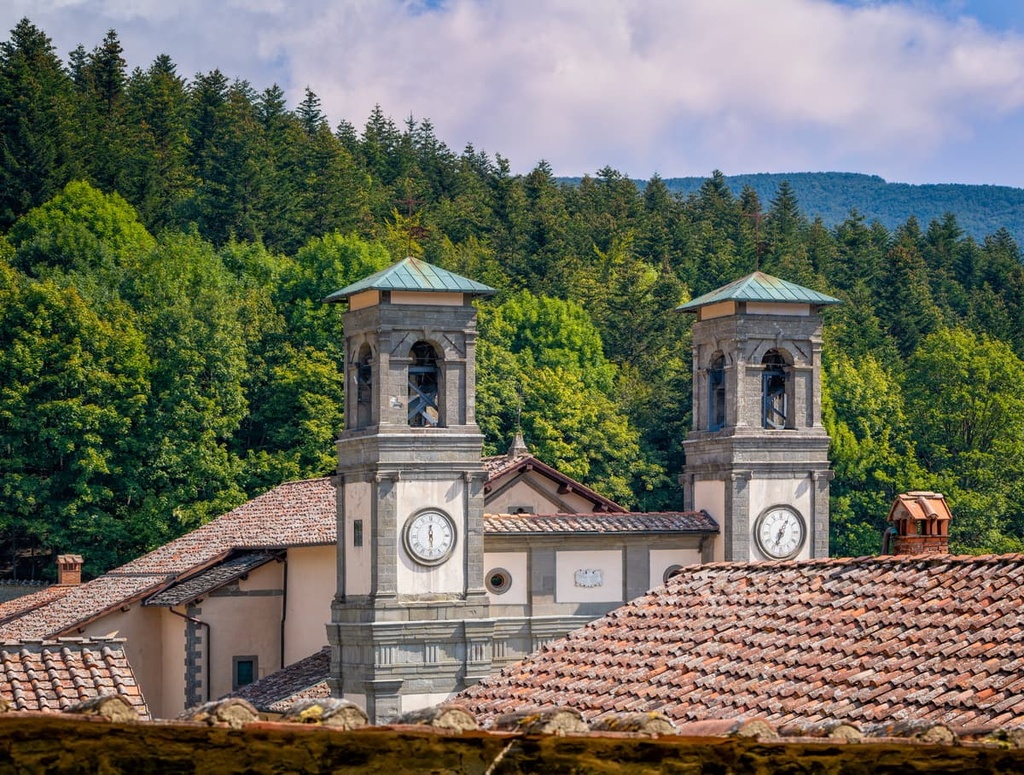
To help you enjoy its serene forests, waterfalls, lakes, and sanctuaries, Casentino Forests National Park offers around 650 km (400 mi) of trails for hiking, biking, and horse riding. Here’s a quick look at some of the most popular hikes in the park.
The Sacred Forests Trail immerses you into the nature and spirituality of Casentino Forests National Park. The route is about 100 km (62 mi) long and is broken down into seven stages. As a whole, the trail travels from Lago di Ponte di Tredozio to La Verna.
Over the course of seven days on this trail, you’ll travel through remote forests, away from the modern-day noises of cities and towns. In fact, on this trail, you’ll rarely come across any kind of built-up area.
While hiking this trail you’ll visit places such as the Acquacheta Valley, Monte Falterona, Campigna Forest, Sacred Valley, and the sanctuaries of Camaldoli and La Verna.
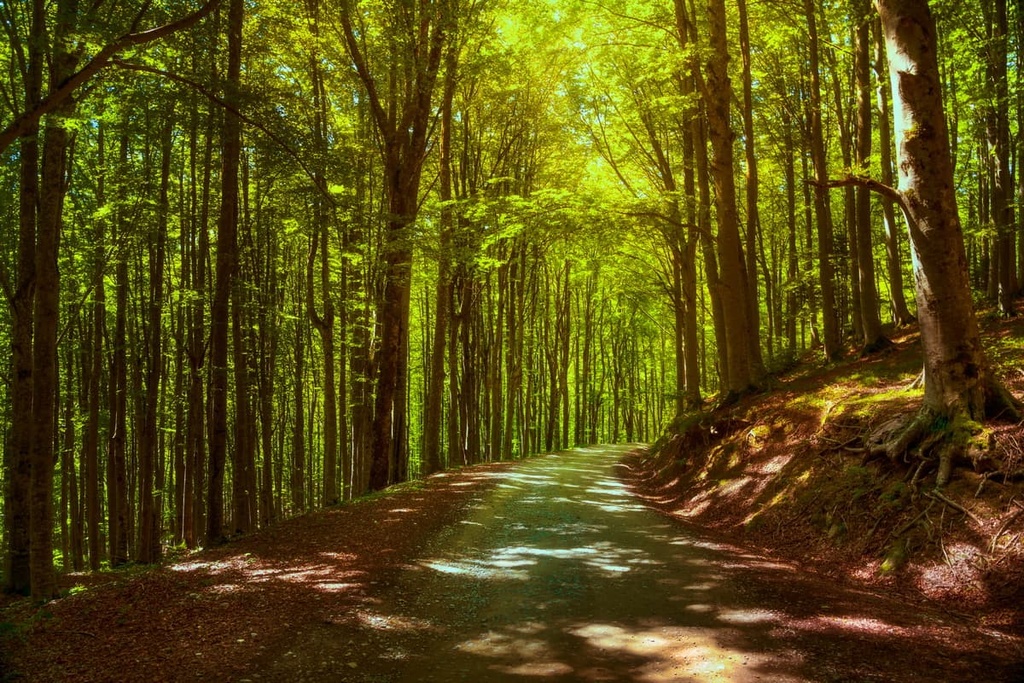
This 4.5-hour-long hike sets off in search of the Acquacheta Waterfall, where the waters of the Acquacheta tumble and slide 70 m (229 ft) over sandstone ledges.
Upstream from the waterfall, you’ll find the ruins of the hermitage of the monastery of San Benedetto in Alpe, where Dante found refuge during his exile from Florence. In fact, due to this historical connection, some people refer to this nature trail as the trek to Dante’s valley and waterfall.

As Casentino Forests National Park is located between the Adriatic coast and the Apennine Mountains, there are many places to base yourself during a trip to the region. Here are some of the best cities to check out during your next visit to the park.
As the cultural capital of Tuscany, Florence is a great place to base yourself when visiting Casentino Forests National Park.
Due to the city’s rich cultural heritage, there are plenty of excellent things to do during a trip to Florence. Some of the most popular attractions in the city include Palazzo Vecchio, the Uffizi Gallery, Santa Maria del Fiore, and Piazza Duomo. For a fun evening activity in Florence, you can also watch the sunset from Piazzale Michelangelo.

It’s easy to reach Casentino Forests National Park by car from Florence as the journey takes just over an hour and a half to complete. There are airports in Florence, Pisa, and Perugia and regular trains running from Milan and Rome that connect you to the rest of Italy and Europe at large.
Forlì is the closest major city on the Emilia Romagna side of Casentino Forests National Park. It is located just an hour away from the park by car.
There’s plenty to see in Forlì, such as the San Mercuriale Abbey, Piazza Aurelio Saffi, and the Franco Agosto urban park. While in the city, you’re also close to the Adriatic coast where you can visit small seaside towns such as Cesenatico.
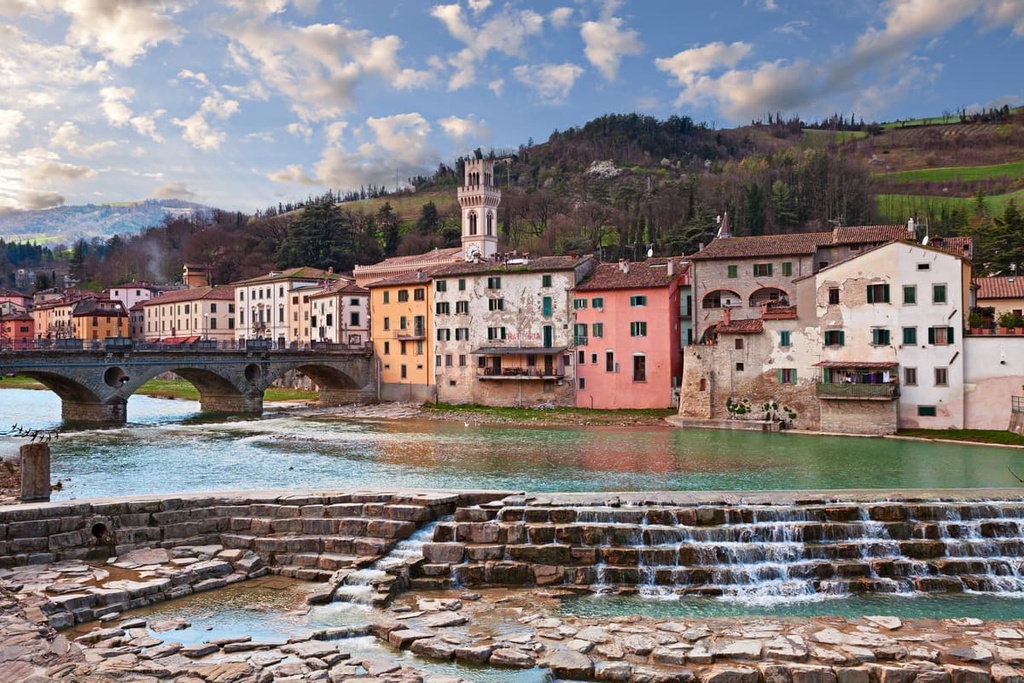
Located within easy reach of Florence, Siena, and Perugia, the city of Arezzo is a great place to base yourself when visiting Casentino Forests National Park. The park can be reached in just under an hour and a half by car from Arezzo.
The city is located on a hill overlooking the surrounding area and is incredibly picturesque. Therefore, it’s the perfect place to stroll around and enjoy Piazza Grande, Fortezza Medicea, Duomo San Donato, and Teatro Petrarca. There are many interesting museums to visit and plenty of great restaurants to enjoy in Arezzo, too.

Explore Foreste Casentinesi, Monte Falterona, Campigna National Park with the PeakVisor 3D Map and identify its summits.








